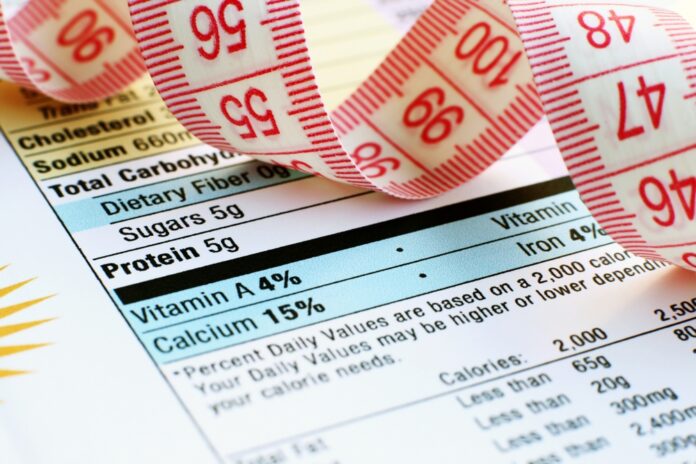When you talk about counting calories, it is highly unlikely that you would think of the Philippine Statistics Authority.
But the agency does, and on a large scale.
It lists these numbers in the FBS, or Food Balance Sheet, a comprehensive picture of the pattern of the country’s food supply during a certain period.
FBS, according to the statistics office, “provides estimates of per capita food available for human consumption in terms of quantity, calories, proteins, and fats.”
The PSA said that in 2022, the daily per capita supply of calories from the aggregated food products was recorded at 2,914.3 kilocalories, up slightly from 2901.3 kcal in 2021.
According to the Food and Nutrition Research Institute, the daily recommended energy intake for Filipinos between 19 and 29—the age group among adults with the highest energy requirement—is 2,530 kcal for males and 1,930 kcal for women. Among teenagers, males in the 16-18 years old bracket need the highest daily energy intake of 3,010 kcal while females need 2,280 kcal.
Cereals and products—beer is not included–accounted for 63.4 percent of the total per capita supply of calories or 1,846.8 kcal.
On average, each Filipino consume about 86.0 grams of protein a day in 2022 compared with 84.0 grams in 2021. The major sources of proteins are cereals and products, and meat and products, which supplied 40.2 grams and 17.7 grams, respectively.
Daily consumption of fats by each Filipino declined in 2022 to 40.0 grams from 40.2 grams in the previous year. Meat, vegetable oil and cereals were the main sources of fats for Filipinos.






